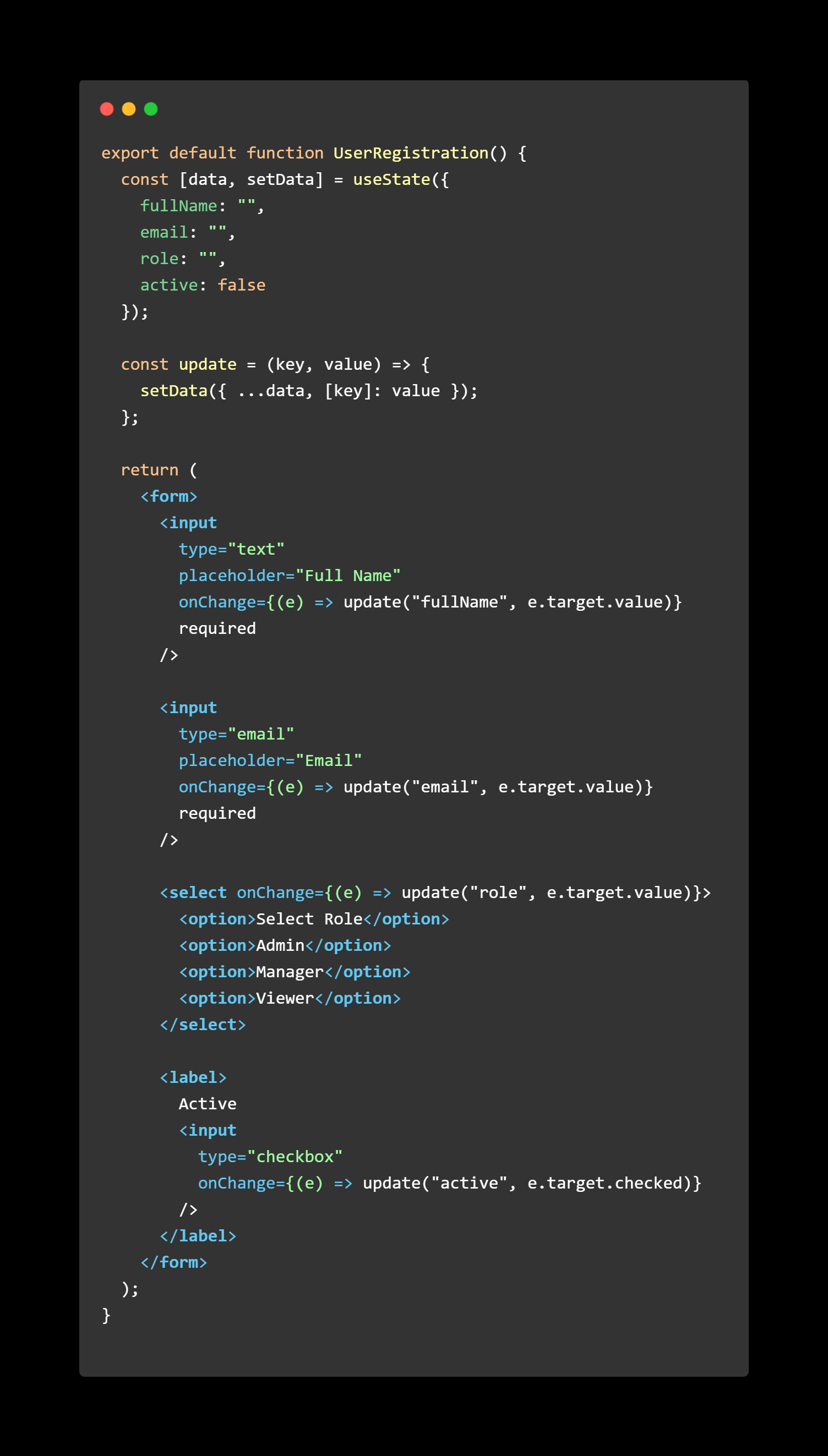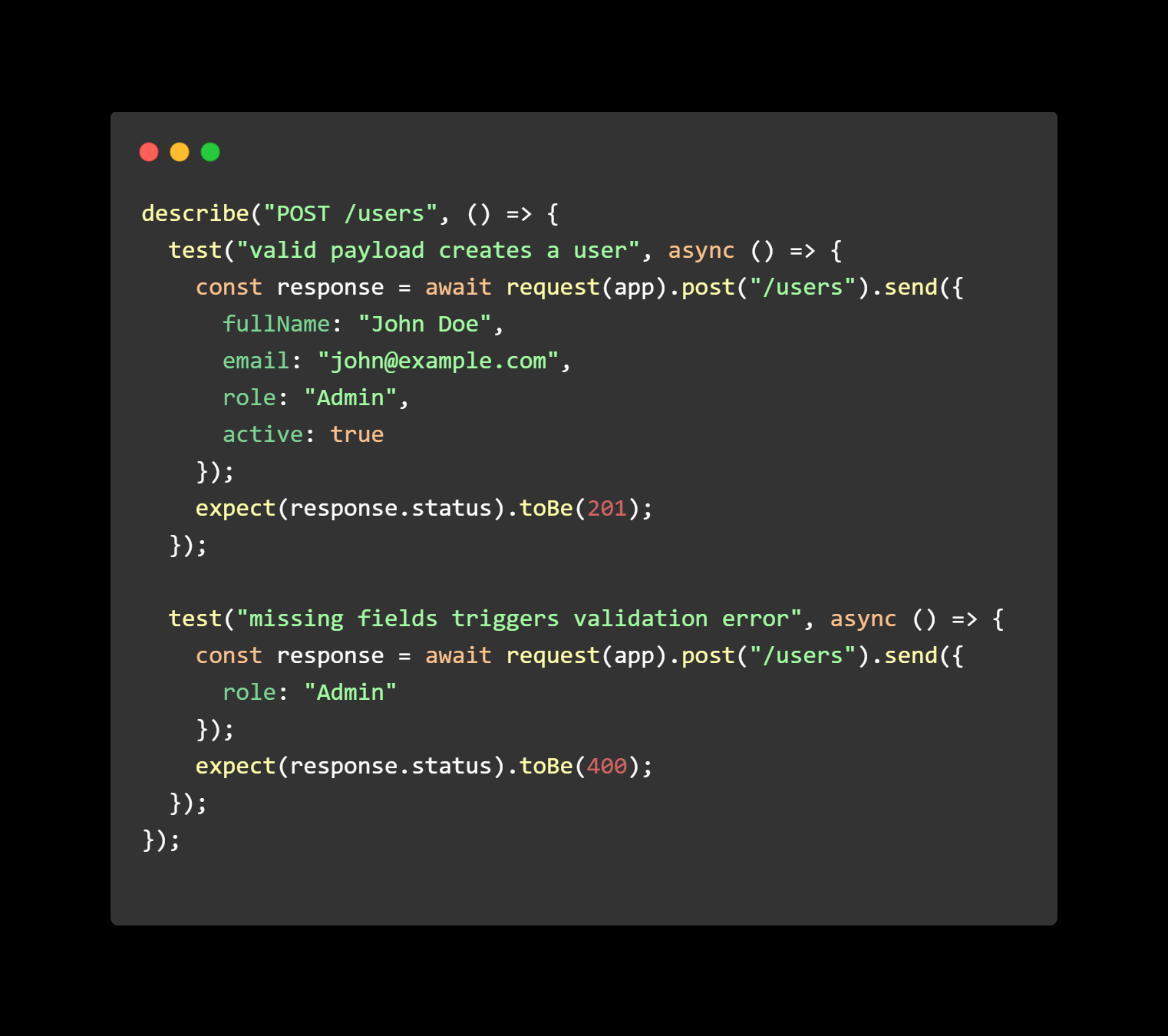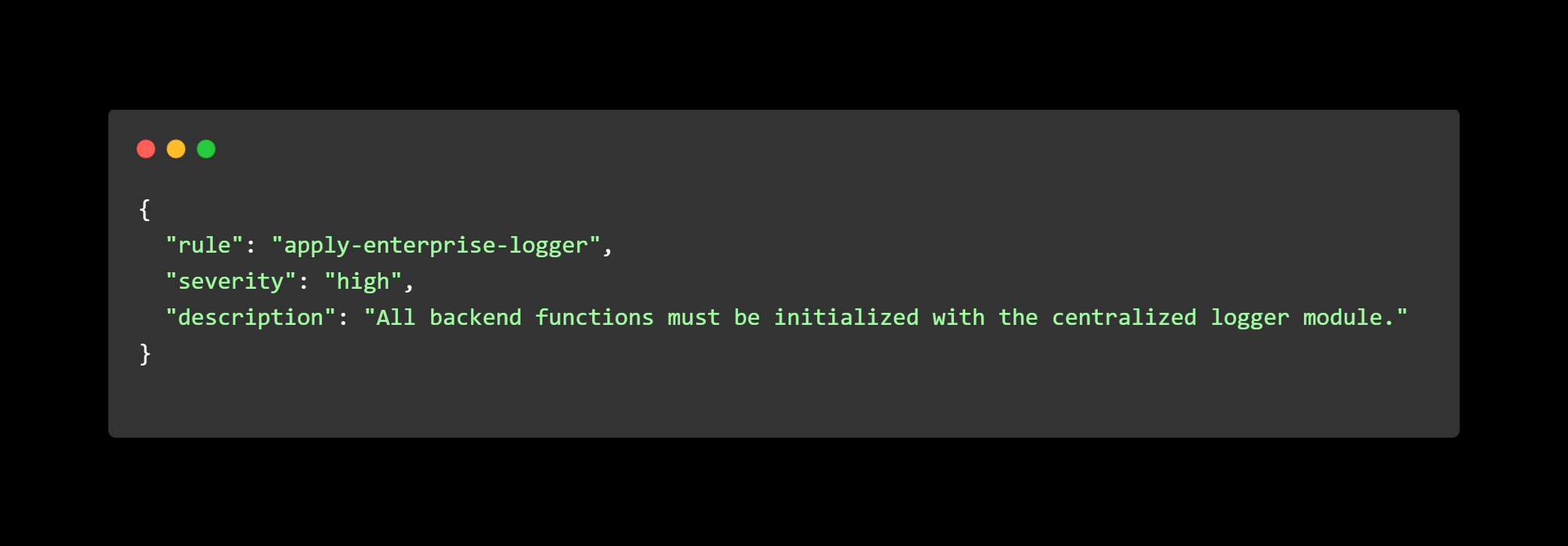November 24, 2025
TL;DR
Leading engineering organizations are rapidly eliminating the manual gap between design and development. By operationalizing design assets into production-ready blueprints, they generate UI scaffolding, backend APIs, test suites, and infrastructure scripts from the same design source. This approach minimizes rework, standardizes architecture, accelerates delivery, and strengthens governance at scale. Mature teams are adopting design-to-code automation systems such as those supported through CodeSpell's unified SDLC model, where ReqSpell, TestSpell, and design-driven coding pipelines work together to build higher-quality software from day one.
Introduction
Many enterprises have invested heavily in CI pipelines, automated testing, observability, and cloud-native architectures. Yet, one of the most fundamental handoffs in the SDLC remains surprisingly manual. Design teams finalize Figma screens or component structures, and development teams still rebuild those same structures manually. This introduces delays, inconsistencies, redundancies, and alignment issues across design, engineering, and product functions.
Mature engineering organizations are now solving this gap by transforming design assets directly into production blueprints. They treat designs not as static references but as executable inputs capable of generating UI frameworks, backend endpoints, test scaffolds through TestSpell, and requirement validations through ReqSpell. This shift moves enterprises toward a more predictable, scalable, and cohesive engineering workflow.
Why This Shift Is Happening Now
CTOs and senior engineering executives are prioritizing this transformation because the traditional model no longer scales in modern enterprise environments.
Key Forces Driving This Adoption
Design systems are becoming more structured
Modern design teams use tokenized systems with components, naming standards, and metadata that map cleanly to code constructs.
Engineering velocity mandates automation
Manual translation from design to code is slow and error-prone. In enterprise release cycles, this becomes a recurring bottleneck.
Governance and consistency matter at scale
Large codebases require predictable structures. Automated blueprints ensure uniformity across projects, locations, and distributed engineering teams.
Tools such as CodeSpell, ReqSpell, and TestSpell unify the pipeline
With platforms that interpret design intent, generate backend scaffolds, validate requirements, and create automated tests, enterprises can centralize their SDLC foundation instead of relying on fragmented tools.
.jpg)
Design Assets As Structured Engineering Inputs
In mature engineering functions, design assets act as structured instructions for generating the initial product blueprint.
Modern design metadata commonly includes
- Layout hierarchy
- Component definitions
- Field types and validation rules
- Interaction states
- Data structures implied by UI fields
- Style tokens that map to CSS variables or component props
This metadata is perfectly suited for a generation layer that can create code scaffolding with accuracy and governance.
CodeSpell’s design-to-code capabilities leverage this foundation to deliver aligned UI code, backend API scaffolds, test generation through TestSpell, and requirement verification through ReqSpell in a cohesive workflow. This replaces inconsistent manual coding with standardized, enterprise-grade outputs.
The Enterprise SDLC Benefits
Mature organizations adopting design-to-code automation gain several high-impact advantages.
Accelerated feature delivery
Teams eliminate repetitive hand coding of UI components, validation layers, boilerplate endpoints, and test suites.
Reduced rework
Generated code reflects the authoritative design source. This prevents discrepancies in layout, naming, spacing, and structural decisions that usually create late-stage fixes.
Stronger governance
Architectural blueprints enable teams to enforce
- naming patterns
- API structure
- folder hierarchy
- internal libraries usage
- testing policies
- compliance layers
Faster onboarding
New engineers understand the system quickly because codebases are structured consistently and reflect the design intent.
Higher quality from the start
With ReqSpell validating requirements and TestSpell generating tests automatically, engineering teams build with quality baked in, not retrofitted at the end.
Code Driven Example: From Figma to UI, API, Infra, and Tests
Below is a single detailed, code-based example preferred for an enterprise BOFU audience. It demonstrates how a mature team transforms design metadata into production-ready blueprints.
Step A: Designer Finalizes a Form Screen
Design metadata extracted from a Figma component might look like this:

Step B: CodeSpell Generates the UI Scaffold

Step C: Backend API Blueprint Generated From The Same Design

Step D: TestSpell Auto Generates API Tests

Step E: AWS Infrastructure Blueprint Generated Automatically

Outcome:
The enterprise engineering team receives end-to-end scaffolding aligned to design intent, internal standards, infrastructure requirements, and quality guidelines. Developers are free to focus on complex logic and edge cases instead of repetitive boilerplate.
Governance Through Blueprint Templates
One of the most critical capabilities for large-scale engineering is architectural consistency. Mature teams embed governance inside blueprint templates that define rules around logging, security, validation, and code structure.
Blueprint templates help enforce alignment across teams regardless of location, seniority, or product line.
Example governance rule represented as metadata:

With this model, engineering leaders ensure uniform implementation across hundreds of services without manual reviews.
Strategic BOFU Impact for CTOs
Design-to-code automation supported by CodeSpell, TestSpell, and ReqSpell generates strategic enterprise value in several areas:
Lower talent dependency
Repeating code patterns no longer require senior engineers. Automation produces consistent starting points that junior developers can confidently extend.
Greater predictability
Architectural blueprints eliminate variance that slows down QA, security reviews, and compliance validations.
Stronger cross-functional alignment
Design, product, engineering, QA, and DevOps work from the same authoritative blueprint instead of fragmented interpretations.
Shorter release cycles
When the UI, API, tests, and infrastructure originate from the same design asset, friction is significantly reduced.
Foundation for AI-driven SDLC
ReqSpell validates requirements, TestSpell ensures continuous quality, and design-driven coding pipelines allow enterprises to scale AI-native engineering practices.
Conclusion
Software development is transitioning from manual interpretation to automated generation. Mature engineering teams treat design assets as operational inputs to create UI scaffolding, backend structures, tests, and infrastructure scripts. With unified SDLC systems such as CodeSpell, ReqSpell, and TestSpell, enterprises eliminate inconsistencies and accelerate delivery.
This transformation enables engineering organizations to shift from reactive development to structured, blueprint-driven production. CTOs and senior engineering leaders who adopt this model create scalable, predictable, and high-performing engineering organizations that deliver enterprise-quality software at unprecedented velocity.


.png)






.png)
.png)